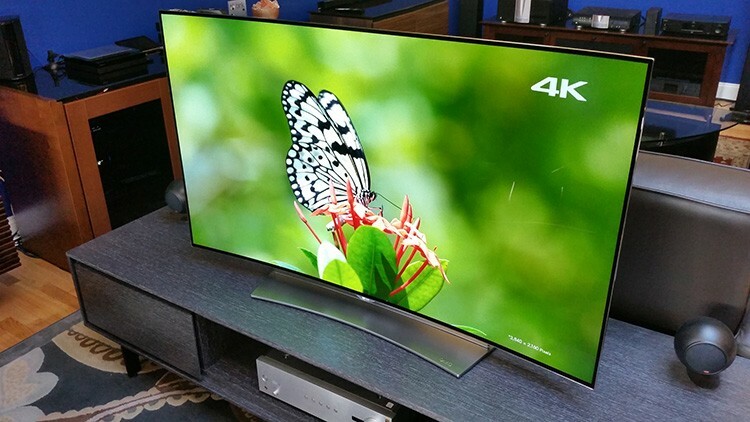
CONTENT
- 1 What is "4K resolution" and how much is it in pixels
- 2 4K resolution standards for TV screens and monitors
- 3 Devices that work with images in 4K
- 4 Requirements for devices supporting 4K resolution
- 5 How long will this 4K resolution be relevant?
What is "4K resolution" and how much is it in pixels
Before deciding what 4K resolution means in the world of electronics, let's remember that everything modern digital screens are made up of tiny particles, "atoms" of the image, called pixels. The number of these particles in length and width is called the maximum display resolution. Alas, the early models of the 90s of the XX century, due to the low value of this indicator, could not produce a contrast and rich image. But by the early 2000s, the first generation of monitors appeared to support Full HD resolution (1920 pixels in length and 1080 in width). This was followed by a whole wave of inventions, until the 4K format was presented in 2005. So what is it? Imagine a screen with 4000 dots in length. This will be the distinguishing feature of the characteristic we are interested in. But not everything is as simple as it might seem at first glance ...
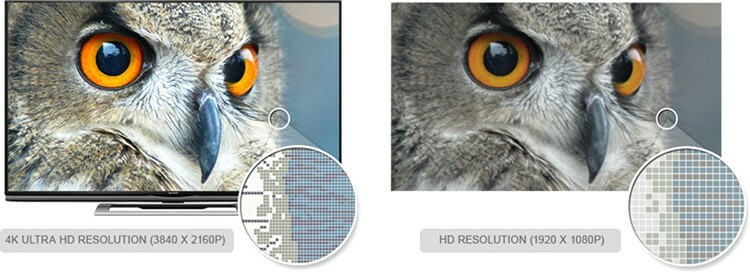
4K resolution standards for TV screens and monitors
Yes, the technology we are considering also has several subspecies, called standards. The most common today are:
- Ultra HD - the most "compact" of the available options. Has a resolution equal to 3840 × 2160. It is with this variation that we most often deal when purchasing 4K gaming monitors and other equipment of a similar kind;
- Wide-screen - has a more usual length of 4096 pixels, but is inferior in height to the previous version - only 1600 pixels. Used when creating movies;

- WQXGA (DCI) - the format used for photo and video shooting. Has an average resolution of 4096 × 2160;
- Full frame - if a real expert were asked, “what is this resolution - 4K?”, Then with the greatest probability he would have chosen this particular option. Think for yourself, 3072 points in height and 4096 in length, what else is needed for happiness?

NOTE!
In addition to the widescreen standard, among film enthusiasts, there are academic and cashtered formats created specifically for 35 mm film. In everyday life, you hardly use them, but if you feel the talent of the operator, you can try to experiment.

Devices that work with images in 4K
The world market learned what it was - 4K image quality - 13 years ago, but not all electronics were ready for such large-scale changes. Gradually, UHD technology was able to penetrate almost all electronic devices related to the image - 4K monitors from Dell, BENQ, LG or widescreen TVs from Samsung or Philips are no longer anyone surprise. We propose to consider the most common devices with support for a resolution of 4000 pixels.
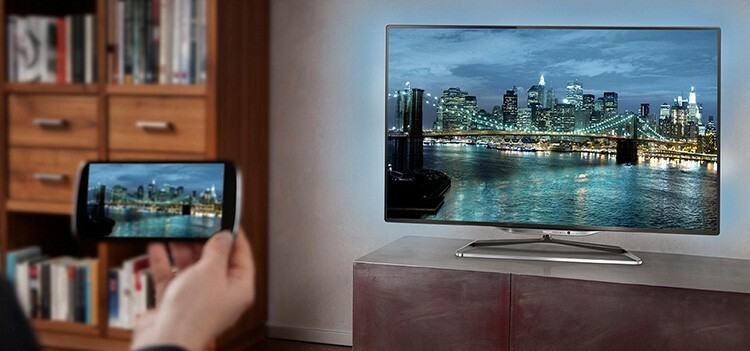
4K TV - great features and high price
Although the television standard UHD TV was adopted only in 2012, the first development of an ultra-clear digital picture TV began in 2004 through the efforts of NHK. Since then, dozens of different models have seen the light, from simple budget versions to ultra-modern flagships with a whole arsenal of additional functions.
If you decide to purchase an economical but productive device in 2019, you should pay your attention to the products of the LG brand. (for example, model 43UK6390 or 49UH619V) and 4K TVs from Samsung (UE43NU7100U or UE46MU6100U will bring a lot of pleasant impressions).
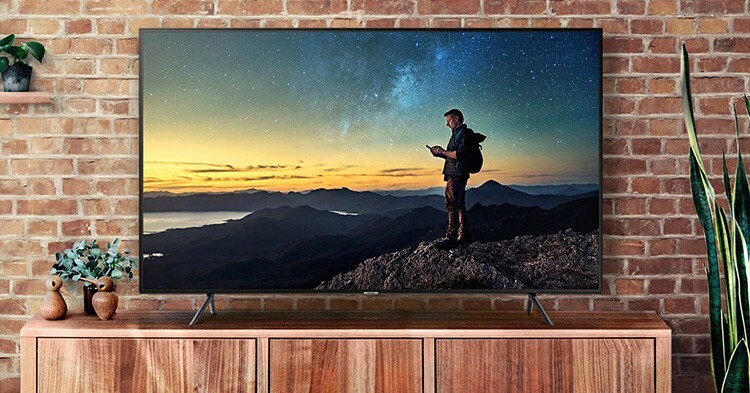
Well, if you want to become the owner of the newest and most perfect product (while having enough money), then the Sony RD-75XF8596 or Samsung QE75Q8CAM will be what the doctor ordered.
Note! Unfortunately, at the moment in Russia there is not so much content made with the use of Ultra HD technology. And if, when looking for a movie or series, you have the opportunity to receive data for free, the TV channels will be exclusively commercial in nature, requiring a monthly payment for viewing.
4K monitor for computer is a technological dream of true gamers and designers
Any connoisseur of computer games or IT-specialist will confirm that the quality of the picture affects the work and entertainment processes as much as the performance of the PC. And if your monitor with diagonal 27 inches or more does not support 4K, then you are unlikely to get the proper pleasure when trying out another shooter or watching a new video on Blu-ray media.
Due to the widespread development, in 2019 almost any user can afford such a device. Having carefully studied the budget segment, one can single out such samples of technology as an ultra-economical masterpiece from Samsung - 4K monitor U28E590D or less popular, but more powerful and "feature-rich" product from AOS - U2879VF.
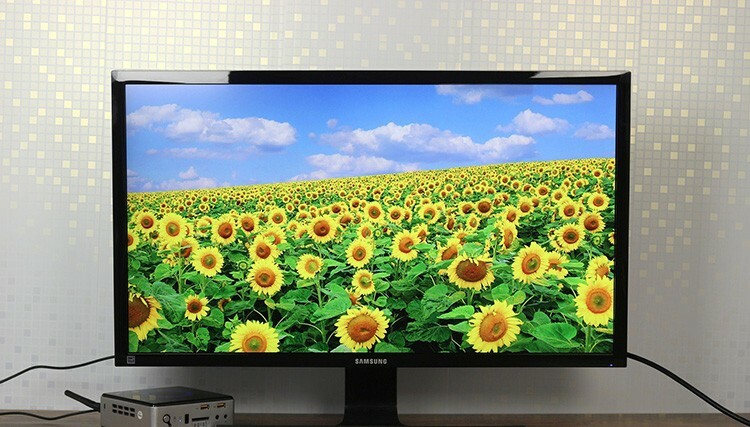
For more affluent and demanding readers, Tehno.guru recommends not passing by such copies as a 4K monitor from ASUS codenamed MX27UC or Acer's no-compromise gaming solution - Predator XB321HKbmiphz.
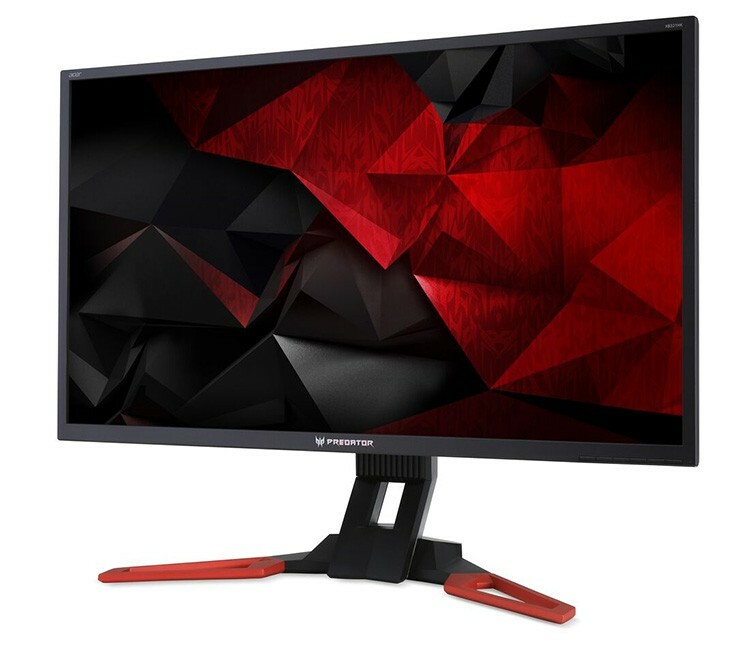
Other UHD-Enabled Devices - When One Screen Is Not Enough
Do you think that by buying yourself a new TV and 4K monitor from LG or Samsung, you will unleash the full potential of modern development? But no! Not only large-sized products have acquired support for Ultra HD format, but mobile devices and video cameras are also subject to it. A good example is the flagship smartphones from the Japanese company Sony - Xperia XZ Premium and XZ2 Premium, which combine phenomenal performance with the display resolution of interest to us. Also, amateur shooting in UHD is gaining more and more popularity (although the prices for cameras with the corresponding functionality are still noticeably "bite").
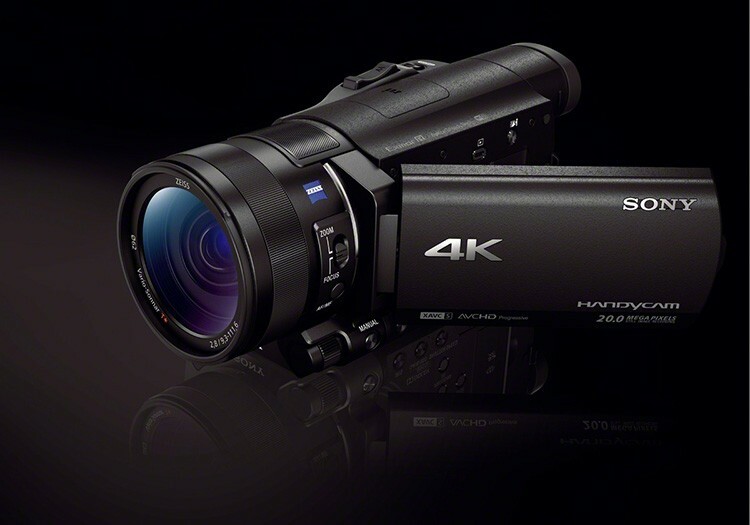
Requirements for devices supporting 4K resolution
Since the subject of our review has rather impressive "dimensions", for its correct operation powerful parameters are needed, because only the best monitors and TVs support 4K. So what to look for when choosing in the first place?
- The aspect ratio should be 16: 9, if you see other values, then you have a product of a different category in front of you.
- The specification should indicate the upconverter required to scale the image when using simple Full HD on a 4K monitor or TV.
- The presence of at least one HDMI-input with the corresponding support for playback modes.
- And finally, 3840 × 2160 is recognized as the minimum acceptable resolution.

Finally, let's take a look at the main advantages and disadvantages of 4K resolution:
| Strengths | Weaknesses |
| The most detailed and contrasting image | High cost of devices |
| Correct display of the entire spectrum of colors | Limited amount of content on the territory of Russia |
| Reduces eye fatigue when viewing with high frame rates | Not every user will be able to fully notice the difference between Full HD and Ultra HD. |
How long will this 4K resolution be relevant?
That's all. We hope our mini-excursion allowed you to better understand what it is - a 4K image. Despite the emergence of 8K and similar standards, they will not be able to fully occupy the minds of buyers yet. But the subject of our review will retain its weight and significance for at least the next 5-7 years, so the prospects are very bright, in the literal and figurative sense of the word.
https://www.youtube.com/watch? v = cUWkH_qV5Lg
